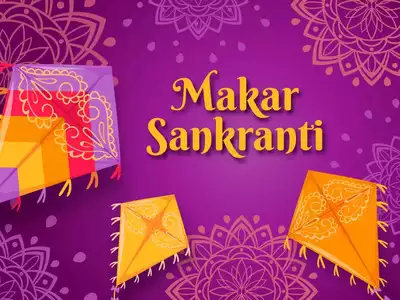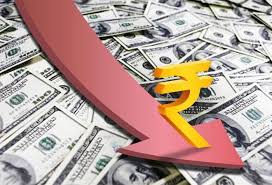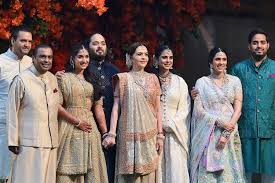Significance of Makar Sankranti , a major Hindu Festival. Celebrated on January 15 this year
Makar Sankranti, also referred to as Uttarayana, Makar, or simply Sankranti, is a Hindu observance and a festival. Usually falling on the date of January 14 annually, this occasion marks the transition of the sun from the zodiac of Sagittarius to Capricorn.
It is also called Uttarayan and is meaningful because it represents the victory of light over darkness. People celebrate the day with spiritual and cultural activities like flying kites, sharing sweets made from sesame seeds and jaggery, and being thankful for a good harvest.
It typically falls on January 14 or 15 each year, depending on the Hindu calendar. The festival marks the transition of the sun into the zodiac sign of Capricorn (Makar in Sanskrit), which signifies the end of the winter solstice and the gradual lengthening of days.
The festival of Sankranti has its roots in Hindu traditions and is celebrated all across India with different names. But, the similarity lies in its historical roots, cultural importance, and how important it is to agriculture. Makar Sankranti is celebrated on 14th January every year but this time it will be celebrated on January 15, 2024.
Makar Sankranti is celebrated with diverse traditions across different regions of India and all of these celebrations are a sight to behold. In the northern parts of India, it is synonymous with kite flying. The skies become a colourful canvas as kites fly in the air and children and adults are filled with joy and enthusiasm associated with the festival.
In the western state of Gujarat, Makar Sankranti is celebrated with the grand festival of Uttarayan. People indulge in kite-flying competitions, adding a competitive spirit to the festivities. The sound of ‘kai po che’ can be heard through the buildings and terraces as kites are cut.
In the southern state of Tamil Nadu, the festival is known as Pongal. It is a four-day celebration dedicated to expressing gratitude to the Sun God for a bountiful harvest. The highlight of Pongal is the preparation of a special dish called ‘Pongal’ which is made with a mixture of newly harvested rice, jaggery, and milk and is then cooked in an earthen pot.
In Maharashtra, Makar Sankranti is celebrated by exchanging tilgul which is sesame and jaggery. In Maharashtra, people say ‘tilgul ghya, god god bola’ which means eat this til and gud (jaggery) and speak sweet things.
On the day of Makar Sankranti, people also engage in charitable activities and donations. People offer sesame seeds, jaggery, and food items to the less fortunate and fly kites together as a community and family.











